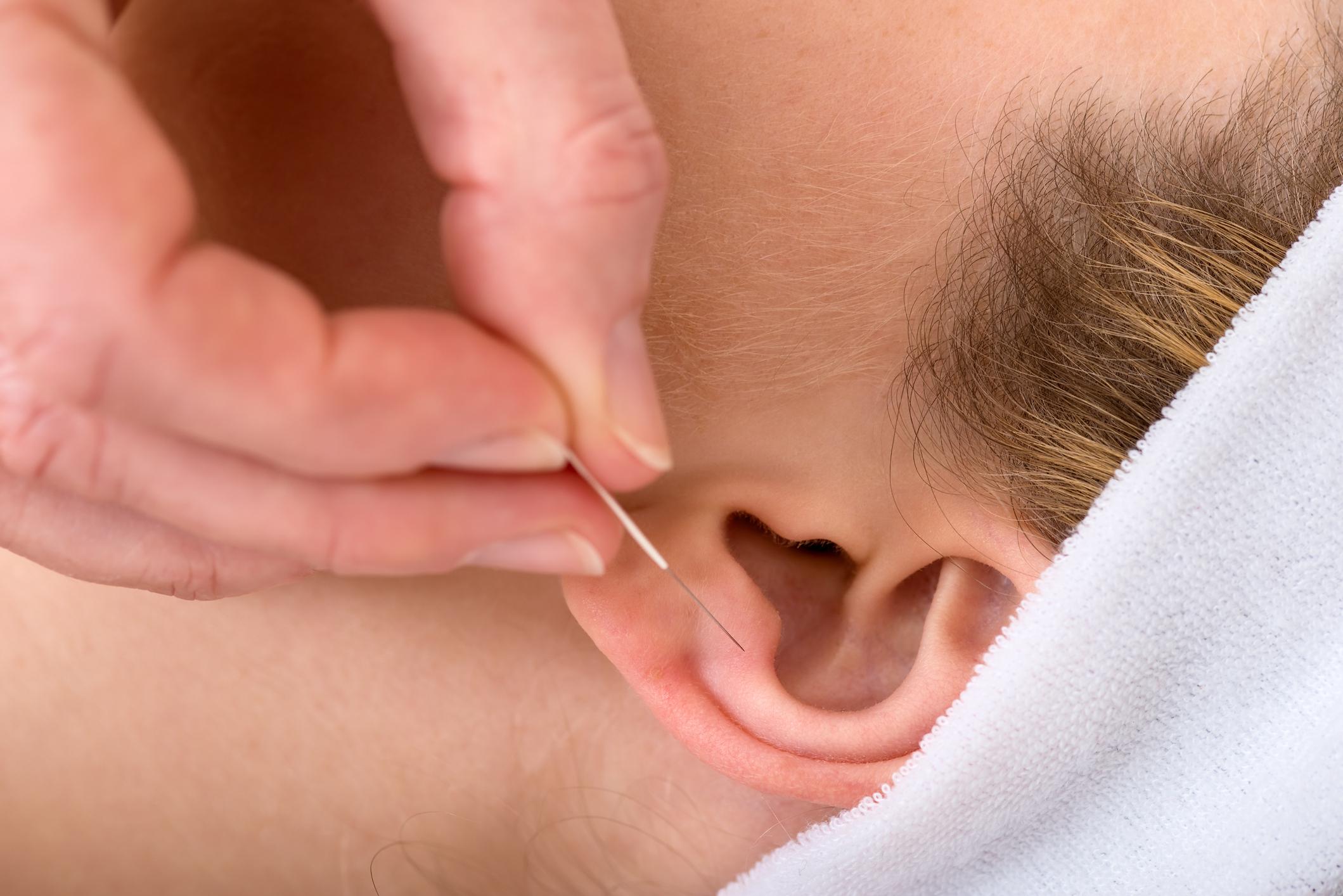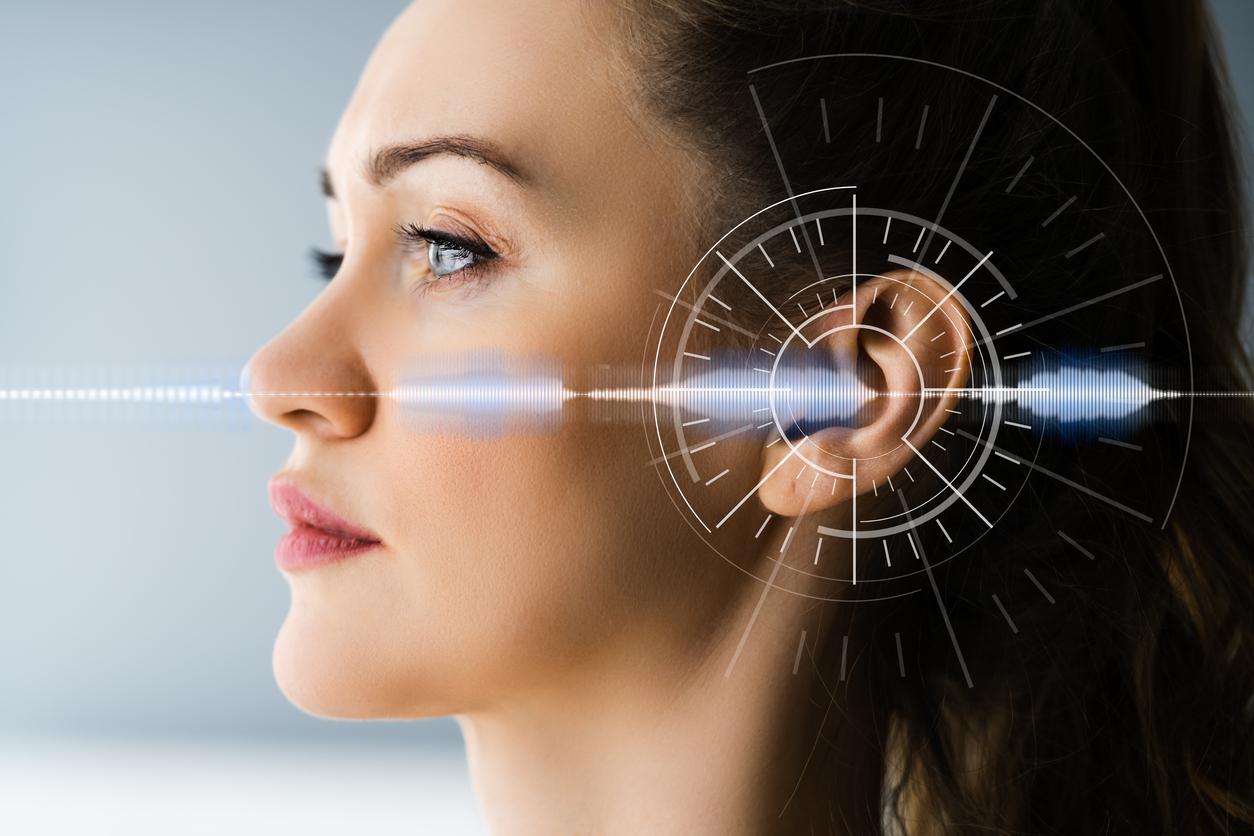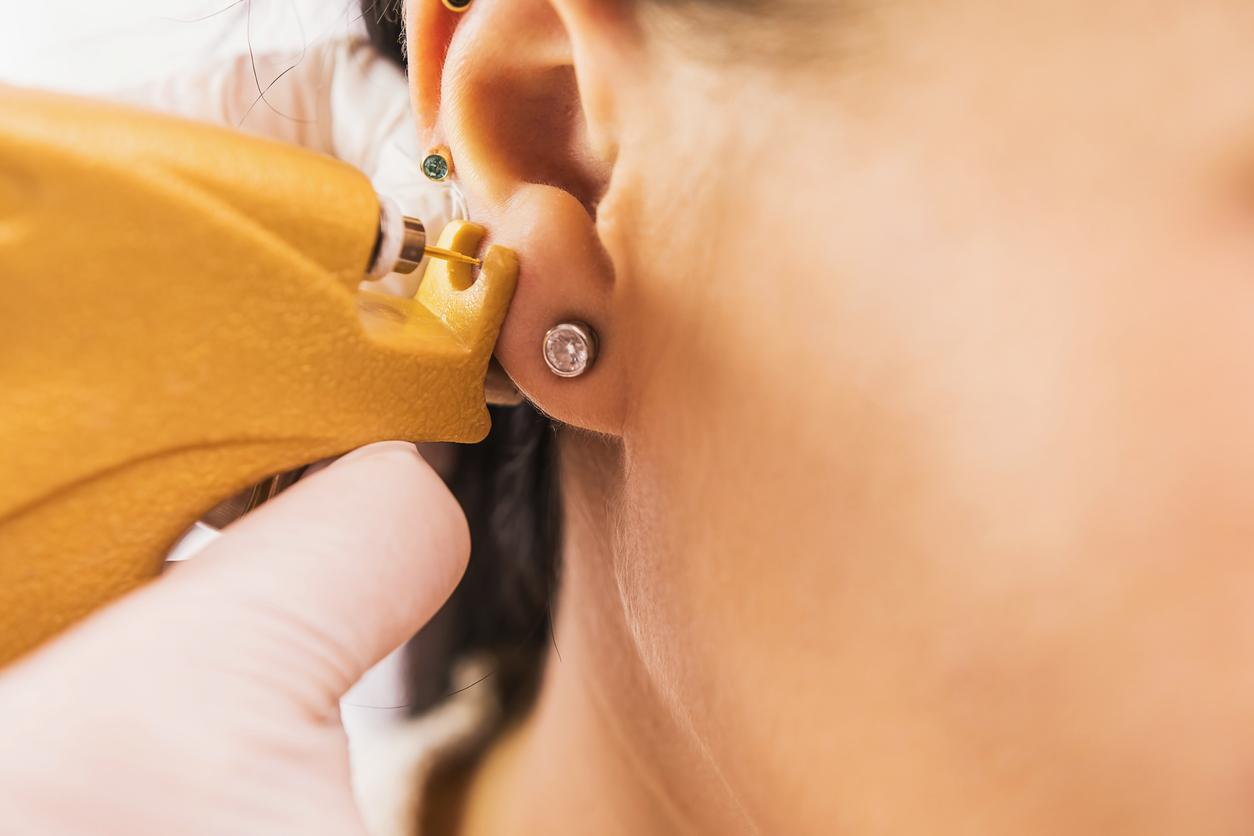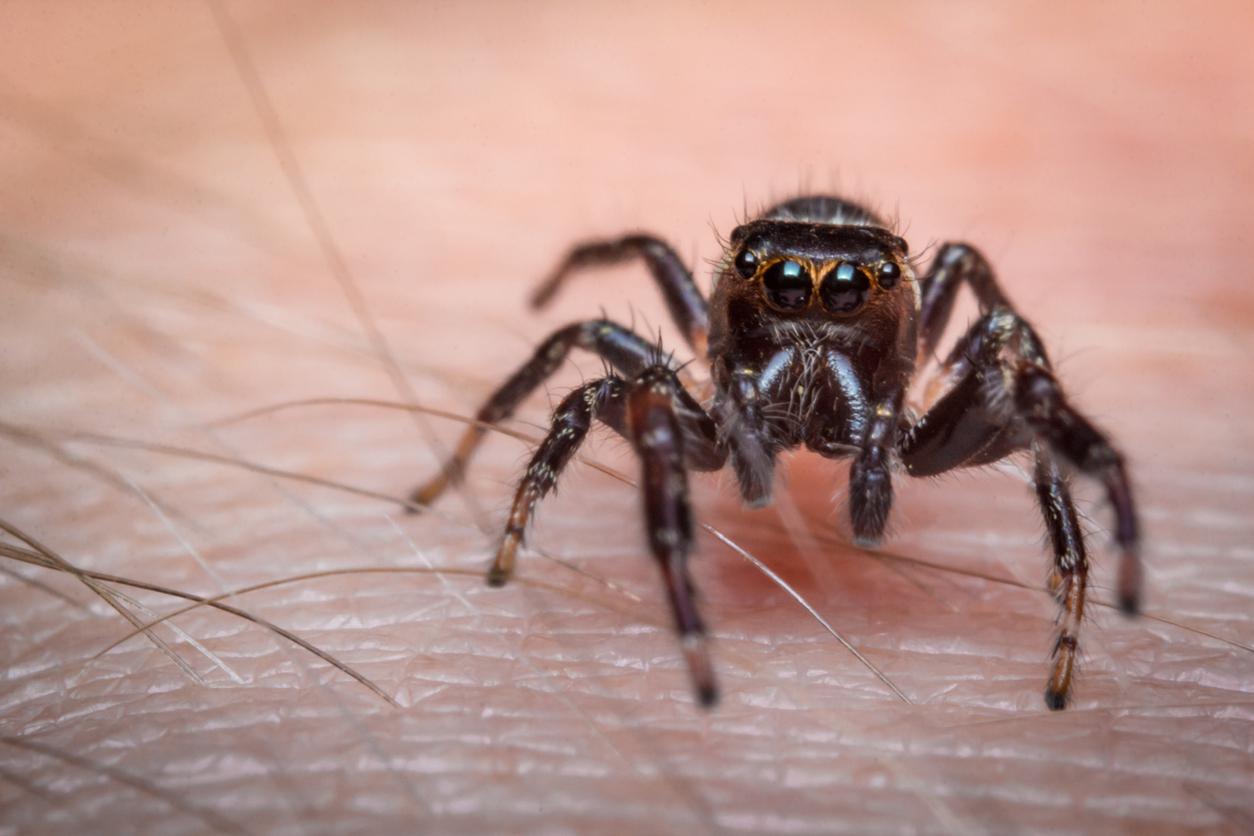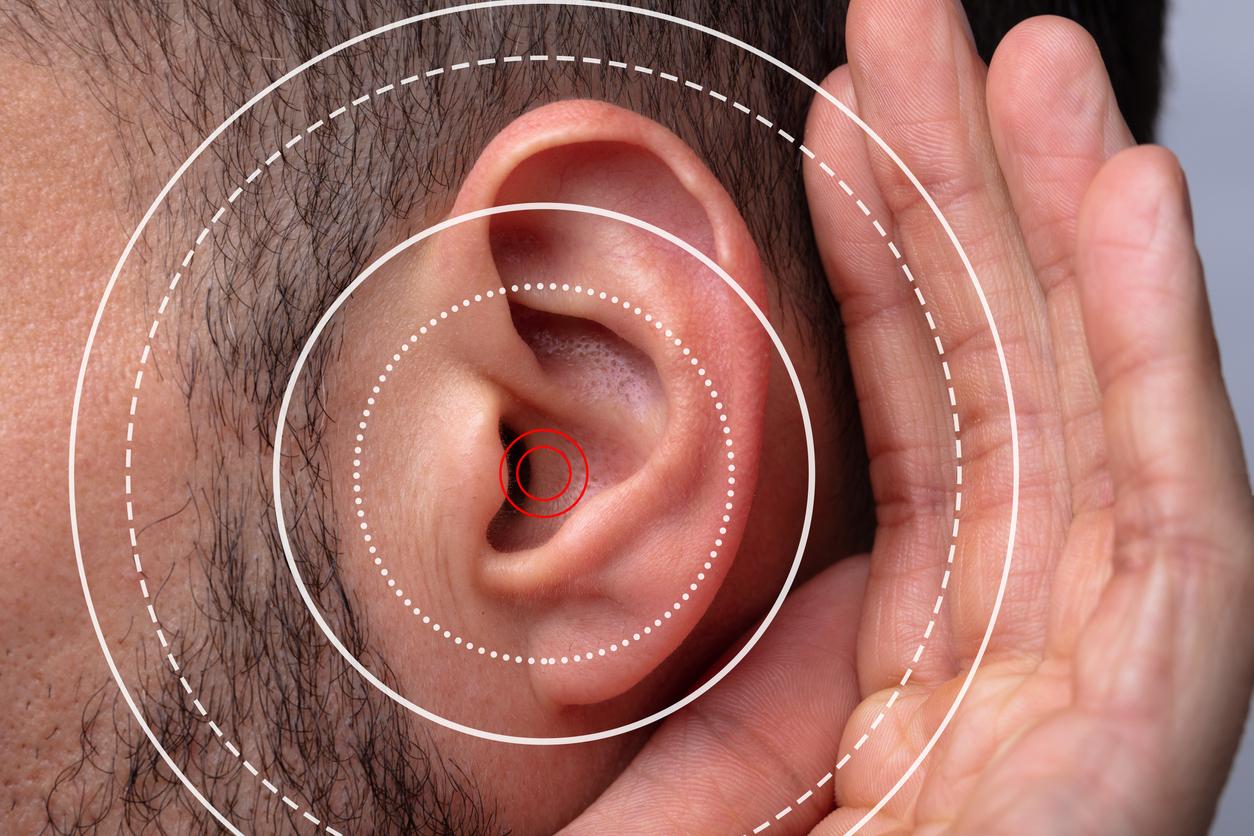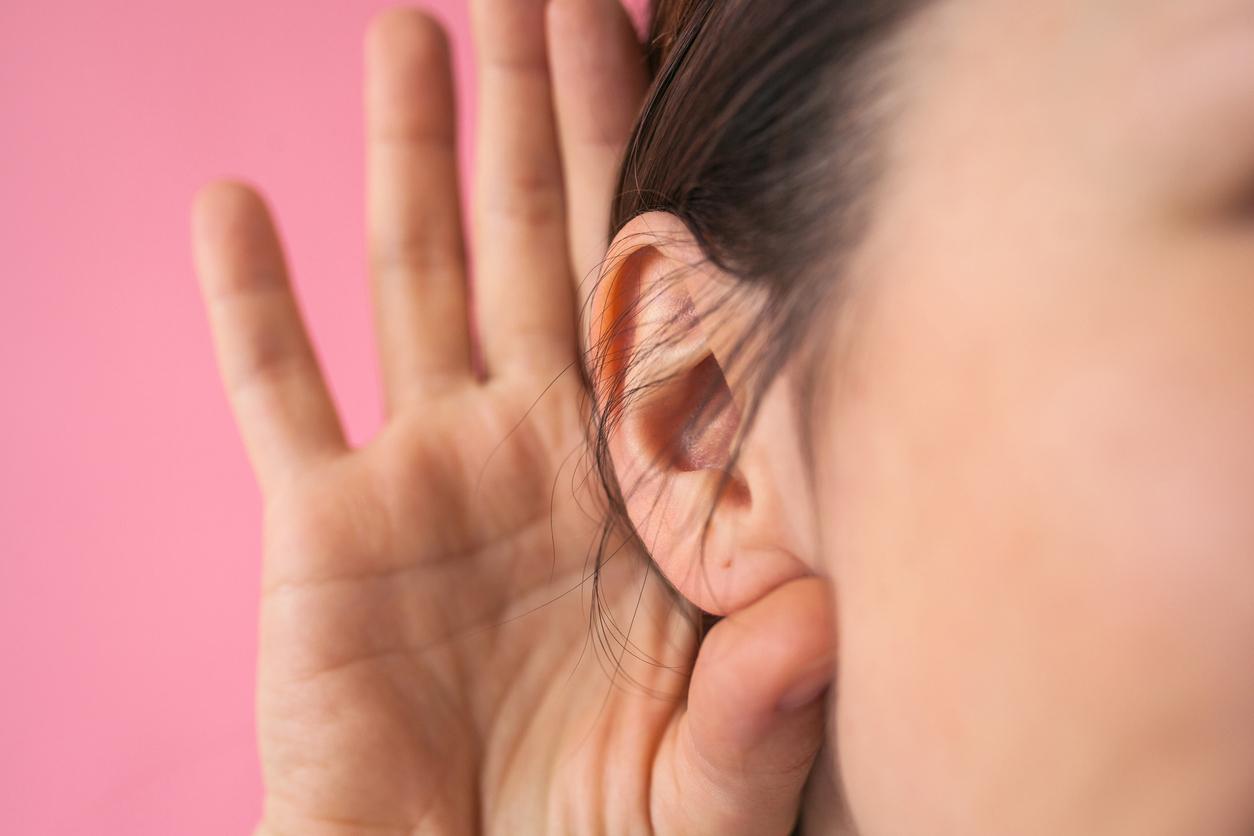
An inner ear prosthesis (cochlea implant) can improve hearing in people with hearing impairment.
When sound waves reach the ear, they are received by the funnel-shaped outer ear and transmitted to the middle ear. As the sound makes its way to the middle ear, the sound waves ‘collide’ against the eardrum. The vibrations then continue their way through the middle ear and reach the fluid-filled inner ear.
The inner ear contains an important organ, the cochlea. Medical name: cochlea. The cochlea contains tiny hairs that are moved by sound vibrations; these cilia are connected to nerve fibers. In this way, sounds are converted into signals, which are sent to the brain via the auditory nerve.
Disease, damage or deformity to the hair cells of the cochlea are common causes of hearing loss or deafness. In disease, the poorly functioning hair cells sometimes send interrupted or unclear signals to the auditory nerve, but sometimes no signals are sent at all. Hearing can be improved by implanting a wire in the inner ear, which replaces the damaged structure.
To stimulate hearing, sound waves are first picked up by a microphone that hangs over the back of the ear. The sounds then go through a thin wire to a speech processor, which is often worn on the belt. This processor amplifies and filters the sound before converting it into digital signals.
These digital signals are sent back via the same wire to a transmitter on the head. That transmitter sends the radio signals to a receiver implanted just below the skull. The receiver excites the wire implanted in the cochlea. Now the cochlea can send clear signals to the auditory nerve forward.
Although the cochlea is permanently damaged by an inner ear implant, the implant can greatly improve hearing, even in severely deaf people. This operation can bring several complications, which should be discussed with the doctor before the operation.










